Continuing in our series of articles analyzing the ATV laws in every state, which stemmed from this article, we are addressing the ATV laws in Wisconsin in this article. It should also be noted that, while I am an attorney, I am not your attorney, not licensed in Wisconsin and am not giving legal advice. If you have questions, you should consult a local attorney.
Wisconsin defines an ATV or All-Terrain Vehicle as “a commercially designed and manufactured motor-driven device that has a weight, without fluids, of 900 pounds or less, has a width of 50 inches or less, is equipped with a seat designed to be straddled by the operator and on 3 or more low-pressure or non-pneumatic tires.” Note, Wisconsin also defines a separate category of ATVs as “small all-terrain vehicles.” The definition of a small ATV is “an all-terrain vehicle that has 4 wheels and that has either an engine certified by the manufacturer at not more than 130 cubic centimeters or an equivalent power unit.
” To get an idea for what ATVs fit into Wisconsin’s definitions, check out these guides to ATV Weight and ATV Dimension. Small Utility Terrain Vehicle—means a utility terrain vehicle that has 4 wheels and that has either an engine certified by the manufacturer at not more than 200 cubic centimeters or an equivalent power unit. Wisconsin defines a UTV or Utility Terrain Vehicle as “a commercially designed and manufactured motor driven device that does not meet federal motor vehicle safety standards in effect on July 1, 2012, that is not a golf cart, low-speed vehicle, dune buggy, mini-truck, or tracked vehicle, that is designed to be used primarily off of a highway, and that has, and was originally manufactured with, all of the following:

Similar to small ATVs, Wisconsin also has a separate designation for small UTVs. A Small Utility Terrain Vehicle is defined as “a utility terrain vehicle that has 4 wheels and that has either an engine certified by the manufacturer at not more than 200 cubic centimeters or an equivalent power unit.” To get an idea for what UTVs fit into Wisconsin’s definitions, check out these guides to UTV Weight and UTV Dimension.
You are required to register your ATV as an ATV and your UTV as a UTV if you plan to ride on any public land in Wisconsin. Registration must be completed within 10 days of the purchase of the ATV or UTV. If you purchased from a dealer, they have 5 days to submit the registration. Note that, should your ATV meet all the definition of an ATV except it is too heavy and/or wide, it can be registered as a UTV. Small ATVs and UTVs must also be registered. Upon registering your ATV or UTV, you will received a temporary operating receipt that you must carry with you while riding until you receive, by mail, your two registration decals. You are required to display a decal on each side of your ATV or UTV, in front of the operator, in a place where they are visible to law enforcement.
Registration must be completed within 10 days of the purchase of the ATV or UTV. If you purchased from a dealer, they have 5 days to submit the registration. Note that, should your ATV meet all the definition of an ATV except it is too heavy and/or wide, it can be registered as a UTV. Small ATVs and UTVs must also be registered. Upon registering your ATV or UTV, you will received a temporary operating receipt that you must carry with you while riding until you receive, by mail, your two registration decals. You are required to display a decal on each side of your ATV or UTV, in front of the operator, in a place where they are visible to law enforcement.
The only exception to this registration requirement for non-exempt vehicles is the first full weekend every June, when you are free to ride ATVs and UTVs without complying with the registration and trail pass requirements.
If you qualify, you may register your ATV or UTV under Private Use, Agricultural.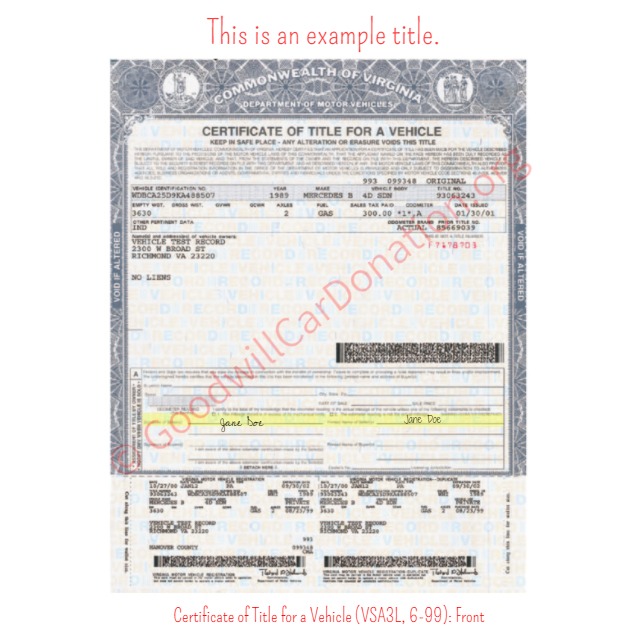 This registration costs $15 and lasts until ownership of the ATV or UTV is transferred. You may only take advantage of this registration option if your ATV or UTV is used for an agricultural purpose. Agricultural purpose is defined as “a purpose related to the transportation of farm implements, equipment, supplies, or products on a farm or between farms. This form of registration is valid during operation on public roads for agricultural purposes, but is not valid for operation on public, frozen waterways or public lands otherwise open to ATVs/UTVs. If you want to use your ATV or UTV recreationally as well, you may dual register it for public use also. You may also register an ATV or UTV under Private Use, Non-Agricultural. This form of registration is available if you use your ATV or UTV exclusively on private property owned by you or an immediate family member. Like the agricultural registration, this registration also costs $15 and remains valid until ownership of the ATV or UTV is transferred.
This registration costs $15 and lasts until ownership of the ATV or UTV is transferred. You may only take advantage of this registration option if your ATV or UTV is used for an agricultural purpose. Agricultural purpose is defined as “a purpose related to the transportation of farm implements, equipment, supplies, or products on a farm or between farms. This form of registration is valid during operation on public roads for agricultural purposes, but is not valid for operation on public, frozen waterways or public lands otherwise open to ATVs/UTVs. If you want to use your ATV or UTV recreationally as well, you may dual register it for public use also. You may also register an ATV or UTV under Private Use, Non-Agricultural. This form of registration is available if you use your ATV or UTV exclusively on private property owned by you or an immediate family member. Like the agricultural registration, this registration also costs $15 and remains valid until ownership of the ATV or UTV is transferred.
After you register your ATV or UTV in Wisconsin, you are required to attach a license plate to the rear of the ATV or UTV, unless your obtained a private registration. Unfortunately, this plate is not included with your registration, and you must either construct your own plate or purchase one. The license plate must be at least 4 inches high and 7 1/2 inches wide. It must be white in color and display in black characters the four-number and two-letter registration ID you were issued for the ATV or UTV. The characters must be at least 1.5 inches high with a minimum brush stroke of 3/16 of an inch wide.
If you are not a Wisconsin resident, you either need to obtain a valid Public Use registration for your ATV or UTV, or you will need to obtain and display a non-resident trail pass. When you purchase an annual trail pass, you will receive a temporary operating receipt that you must carry with you to operate your ATV or UTV in Wisconsin until you receive the trail pass decal, which should arrive by mail in 2 weeks or less.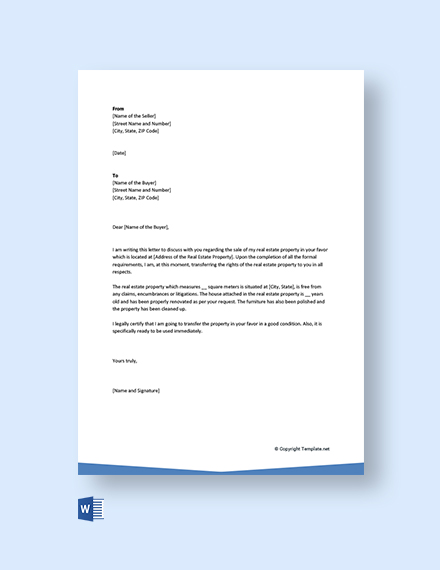 The annual trail pass expires each year on March 31, regardless of when it was purchased. You may purchase the annual trail pass online, at select authorized sales locations or by calling WDNR at 1-888-WDNRINFo (1-888-936-7463). If you do not want to purchase an annual trail pass, you may choose the 5-day Trail Pass. This pass must be printed from your computer or the Go Wild location where it is purchased. You must carry the pass with you whenever you are operating your ATV or UTV in Wisconsin during the 5 days. You do not receive a sticker or decal with the 5-day pass. Note, you do not need a license plate if you are operating with an trail pass instead of a registration.
The annual trail pass expires each year on March 31, regardless of when it was purchased. You may purchase the annual trail pass online, at select authorized sales locations or by calling WDNR at 1-888-WDNRINFo (1-888-936-7463). If you do not want to purchase an annual trail pass, you may choose the 5-day Trail Pass. This pass must be printed from your computer or the Go Wild location where it is purchased. You must carry the pass with you whenever you are operating your ATV or UTV in Wisconsin during the 5 days. You do not receive a sticker or decal with the 5-day pass. Note, you do not need a license plate if you are operating with an trail pass instead of a registration.
When you change your address, you must submit written notification within 15 days to DNR. The notification must include your new address and the certificate number for the ATV or UTV you own. This process can also be accomplished by changing your address in your GoWild account information.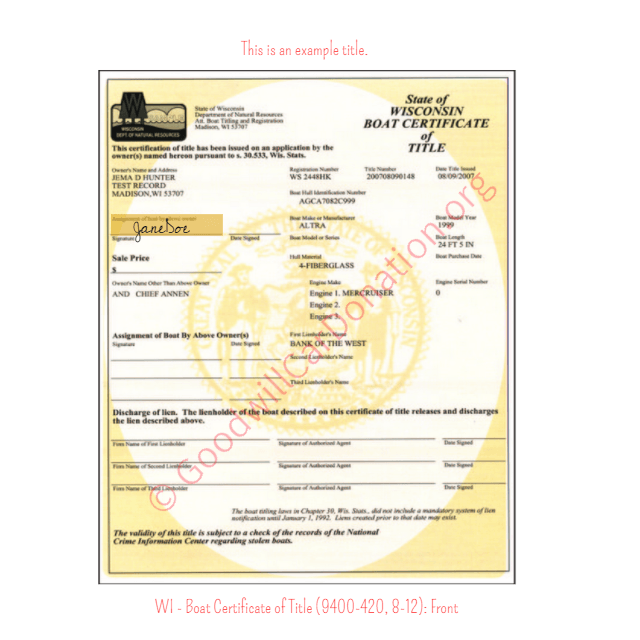
Other ATV and UTV registration exemptions in Wisconsin include the following:
The following regulations apply for youth operation of ATVs and/or UTVs in Wisconsin:
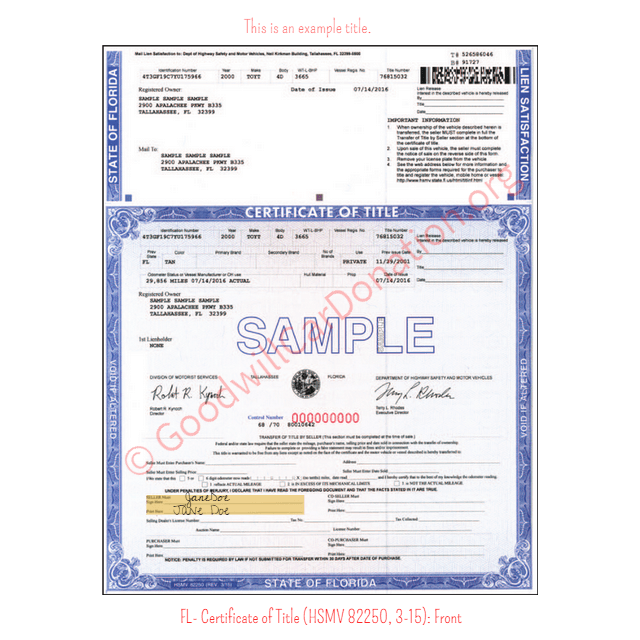 Said operators must have the safety certificate in their possession while operating in areas open to the public such as trails, routes and frozen waterways. Note, the popular ATV Safety Institute (ASI) and Recreational Off-Highway Vehicle Association (ROVHA) certificates are not valid in Wisconsin. The only valid safety certificate must be obtained by completing a classroom course or an Internet course offered by www.atvcourse.com and www.offroad-ed.com. Prior to enrolling in a safety class, you must obtain a DNR Customer ID number using the DNR website, calling 1-888-936-7463 or visiting a DNR service center.
Said operators must have the safety certificate in their possession while operating in areas open to the public such as trails, routes and frozen waterways. Note, the popular ATV Safety Institute (ASI) and Recreational Off-Highway Vehicle Association (ROVHA) certificates are not valid in Wisconsin. The only valid safety certificate must be obtained by completing a classroom course or an Internet course offered by www.atvcourse.com and www.offroad-ed.com. Prior to enrolling in a safety class, you must obtain a DNR Customer ID number using the DNR website, calling 1-888-936-7463 or visiting a DNR service center.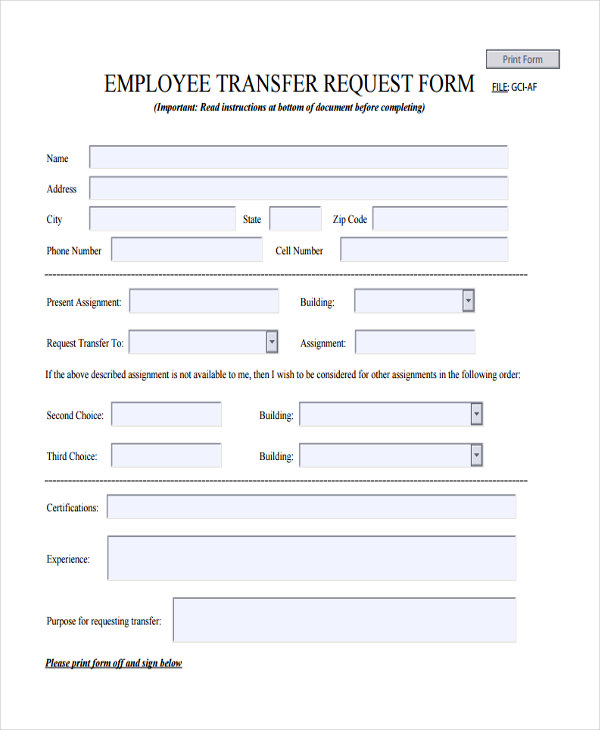
There are a number of exceptions to the safety certificate requirements in Wisconsin. A safety certificate is not required in the following circumstances:

As discussed above, you may register your ATV or UTV for private use, agricultural. This registration requires the ATV or UTV be used only for agricultural purposes, which means “a purpose related to the transportation of farm implements, equipment, supplies, or products on a farm or between farms.” Note that operation between a dwelling and a farm or piece of non-agricultural property does not meet an agricultural purpose unless the dwelling is on the same piece of property as the farm. The following regulations apply to ATVs and UTVs registered for private use, agricultural:

Most ATV and UTV trail riding opportunities in Wisconsin are located on County owned land, with some also available on State and Federal lands. Generally, ATV and UTV operation is strictly restricted to designated and marked ATV trails and routes only. Marked ATV Trails in Wisconsin are generally open to UTV operation unless specifically marked as closed to UTVs. ATV trails in Wisconsin are identified by small (6”x6”) brown signs with the white silhouette of an ATV and orange blazer (diamond) signs. An ATV trail will generally never be on a road or in a ditch, whereas an ATV route may be. You may encounter some trails that are designated as multiple use trails. These trails typically permit horses, motorcycles, ATVs, UTVs and bicyclists. Unlike an ATV trail, an ATV Route is a public roadway that is designated as being open to legal ATV and UTV use. Routes are designated through passage of a local ordinance and posted with ATV Route (24”x 18”) green signs with the white silhouette of an ATV along with appropriate directional arrows. All roads designated as ATV Routes must be signed at the beginning and end of a route and at such intervals that enable riders to follow the route.
Generally, ATV and UTV operation is strictly restricted to designated and marked ATV trails and routes only. Marked ATV Trails in Wisconsin are generally open to UTV operation unless specifically marked as closed to UTVs. ATV trails in Wisconsin are identified by small (6”x6”) brown signs with the white silhouette of an ATV and orange blazer (diamond) signs. An ATV trail will generally never be on a road or in a ditch, whereas an ATV route may be. You may encounter some trails that are designated as multiple use trails. These trails typically permit horses, motorcycles, ATVs, UTVs and bicyclists. Unlike an ATV trail, an ATV Route is a public roadway that is designated as being open to legal ATV and UTV use. Routes are designated through passage of a local ordinance and posted with ATV Route (24”x 18”) green signs with the white silhouette of an ATV along with appropriate directional arrows. All roads designated as ATV Routes must be signed at the beginning and end of a route and at such intervals that enable riders to follow the route. You can find ATV Routes through your local law enforcement agency as ATV Route ordinances must be filed with any law enforcement agencies that have jurisdiction over the roadway. Official copies of all ATV Route ordinances are also filed with the Department of Natural Resources located at: WI DNR ATV Safety Program 101 South Webster Street LE/8 Madison,WI 53707. You will have to haul your ATV or UTV to any route or trail as there is no residential access allowance that permits you to ride on a roadway from your house to a trail or route. When it comes to riding on snowmobile trails in Wisconsin, there is, unfortunately, no state-wide rule to make it easy. Different counties in Wisconsin have different rules for whether or not you can operate ATVs or UTVs on snowmobile trails. That being the case, you should check with your county before you head out to ride on any snowmobile trails. Note, simply adding tracks to an ATV or UTV does not permit you to ride on a snowmobile trail. Also, be careful as snowmobile trails, like ATV trails, are also marked by an orange blazer to mark the pathway of a trail.
You can find ATV Routes through your local law enforcement agency as ATV Route ordinances must be filed with any law enforcement agencies that have jurisdiction over the roadway. Official copies of all ATV Route ordinances are also filed with the Department of Natural Resources located at: WI DNR ATV Safety Program 101 South Webster Street LE/8 Madison,WI 53707. You will have to haul your ATV or UTV to any route or trail as there is no residential access allowance that permits you to ride on a roadway from your house to a trail or route. When it comes to riding on snowmobile trails in Wisconsin, there is, unfortunately, no state-wide rule to make it easy. Different counties in Wisconsin have different rules for whether or not you can operate ATVs or UTVs on snowmobile trails. That being the case, you should check with your county before you head out to ride on any snowmobile trails. Note, simply adding tracks to an ATV or UTV does not permit you to ride on a snowmobile trail. Also, be careful as snowmobile trails, like ATV trails, are also marked by an orange blazer to mark the pathway of a trail. Finally, you are not permitted to operate your ATV or UTV in any navigable water or on the exposed bed of any navigable water (including exposed lake beds) except in the following circumstances:
Finally, you are not permitted to operate your ATV or UTV in any navigable water or on the exposed bed of any navigable water (including exposed lake beds) except in the following circumstances:
Note, “Bed of a navigable water” refers to “all of the area below the ordinary high water mark of a lake or stream.” If you aren’t sure about riding in a location, you should check with local County, State and Federal offices for special regulations. Here are some ideas:
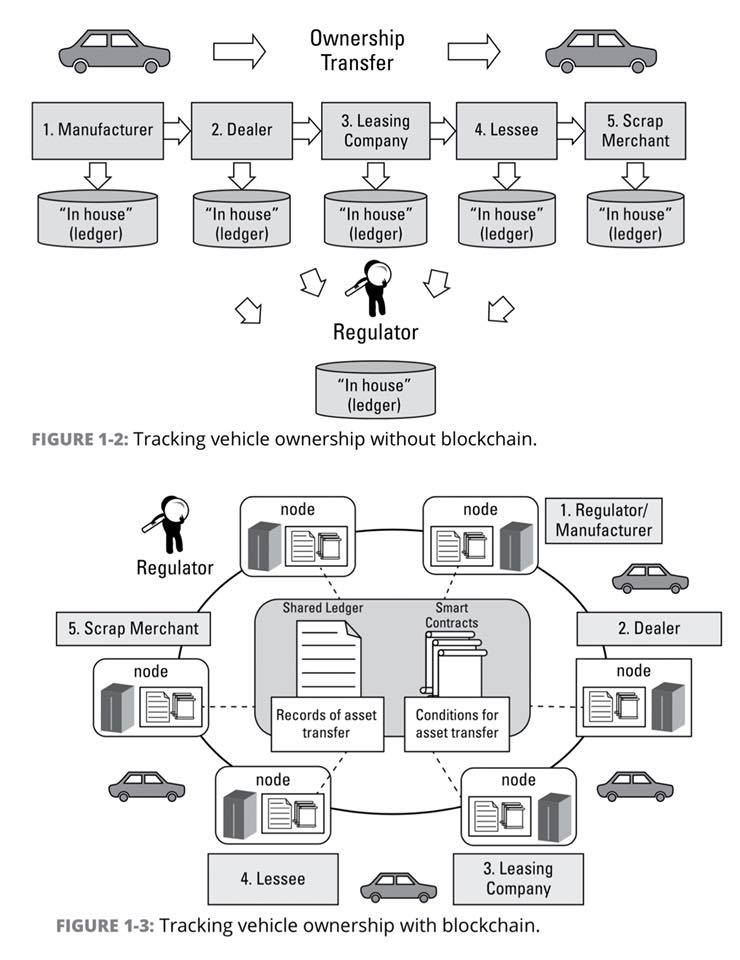 of Tourism travelwisconsin.com search keyword “ATV”
of Tourism travelwisconsin.com search keyword “ATV”While ATV and UTV use is permitted on designated routes, it is otherwise prohibited on public streets and highways in Wisconsin that have not been designated as Routes. Despite this general prohibition, operation of ATVs and UTVs is permitted on the streets in Wisconsin in the following circumstances:

In situations where you are permitted to operate an ATV or UTV on the street in Wisconsin, you must abide by the following:
Generally, you are not permitted to operate an ATV or UTV on the unimproved right-of-way or ditch on the side of a public street.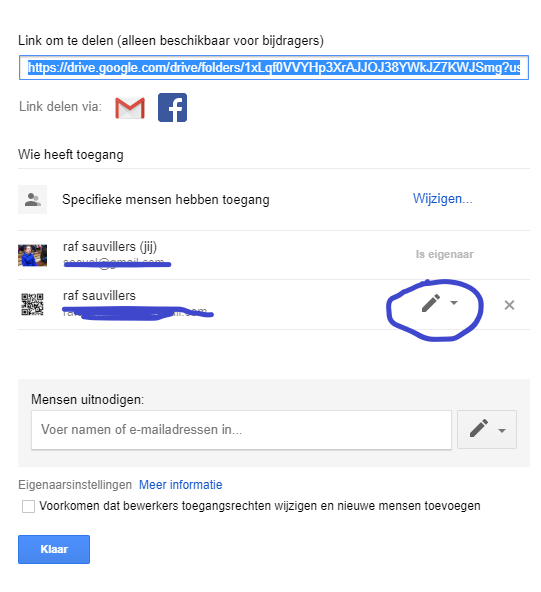 The exceptions where such operation is permitted are as follows:
The exceptions where such operation is permitted are as follows:
Note that operation of an ATV or UTV is never permitted on the right-of-way or ditch alongside an Interstate Highway. In addition, you should know that when you are legally operating alongside roadways during the hours of darkness, you must ride in the same direction as motor vehicle traffic in the nearest lane unless the trail or route is located at least 40 feet from the roadway or separated by a headlight barrier. When you are riding during the day, you may ride in either direction regardless of the flow of motor vehicle traffic.
The following equipment regulations apply to ATVs and UTVs in Wisconsin:

If you are in an ATV or UTV accident in Wisconsin that results in death or an injury requiring treatment by a physician must be reported as soon as possible to a Conservation Warden or other law enforcement officer.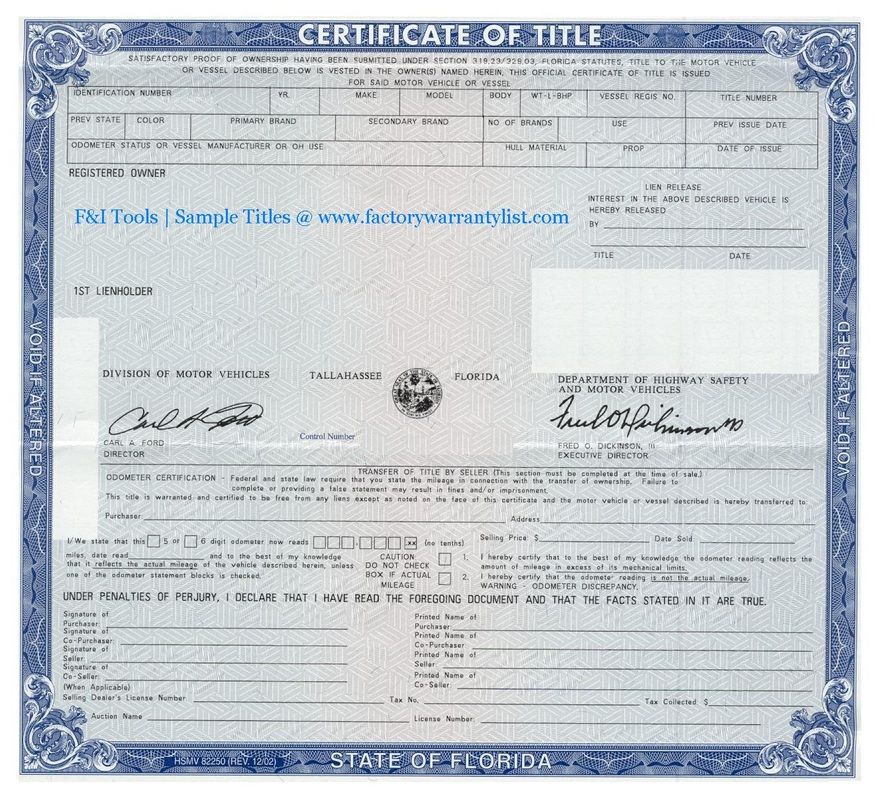 In addition, you must file a written report of the incident within 10 days to the DNR. The Incident Report can be obtained dnr.wi.gov. Just search for crash.
In addition, you must file a written report of the incident within 10 days to the DNR. The Incident Report can be obtained dnr.wi.gov. Just search for crash.
There are no blanket restrictions against hunting on an ATV or UTV, however the following restrictions are applicable.
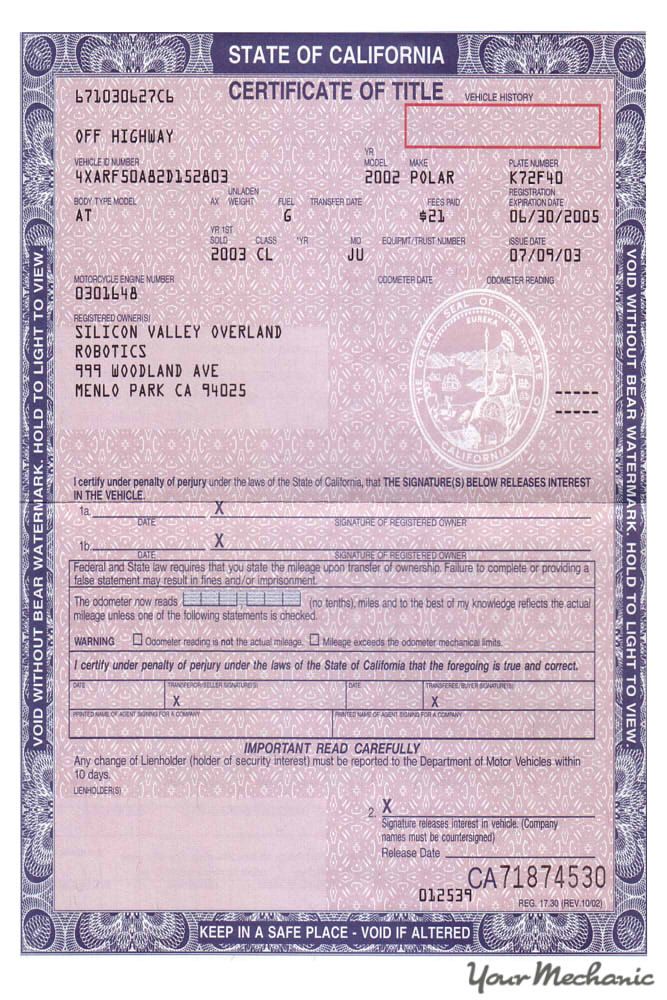 • It is unlawful in Wisconsin to drive, pursue or harass any wild animal
• It is unlawful in Wisconsin to drive, pursue or harass any wild animalYou may operate an ATV or UTV with a snow removal device attached for snow removal purposes and under the following restrictions:
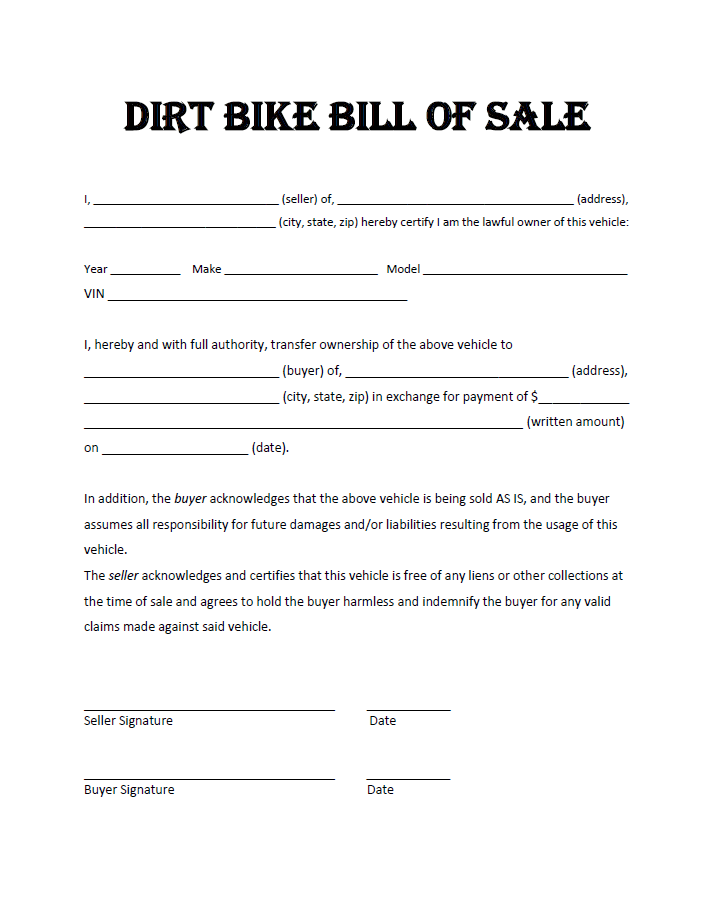
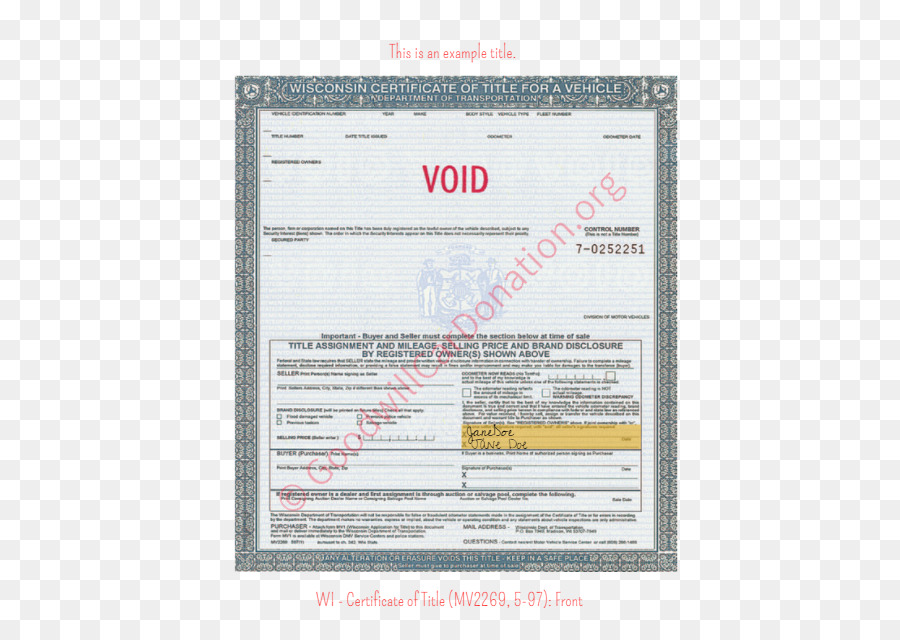
If you're in the market for buying your first ATV / UTV, there are a few things you're going to want to consider before you take the first step into the off-road motorized recreation world. By now, you've probably searched the internet for the best models and found some helpful posts online. Keep in mind that asking "what's the best ATV / UTV" in a group of people will give you more answers than what you're looking for. In the end, it all depends on what you're looking for and what fits your needs.
It wasn't long ago that we only had one choice for what to ride. An All-Terrain Vehicle, or ATV. It actually started back in the 1980's with the introduction of the three wheeler. WATVA put together a history of ATVing book that you can access here.
An All-Terrain Vehicle, or ATV. It actually started back in the 1980's with the introduction of the three wheeler. WATVA put together a history of ATVing book that you can access here.
For Wisconsin, we have laws that actually define what an ATV and UTV are. This helps manage what goes on our trails, as our trails are built for and designed for specific vehicles. Let's take a look at the definitions of an ATV and UTV for Wisconsin:
The definition of All Terrain Vehicles is found in state laws [§340.01(2g)]. A vehicle must meet each and every legal specification in order to be eligible for registration with the Department of Natural Resources.
Here is the definition of an ATV in Wisconsin:
State laws [§23. 33 (1)(ng)] require a vehicle to meet one of two definitions before it can be registered as a UTV. A vehicle must meet each and every legal specification in order to be eligible for registration with the Department of Natural Resources.
33 (1)(ng)] require a vehicle to meet one of two definitions before it can be registered as a UTV. A vehicle must meet each and every legal specification in order to be eligible for registration with the Department of Natural Resources.
Here is the definition of a UTV in Wisconsin:
rollover.
Vehicles that would not qualify as an ATV because of their weight can be registered as a UTV if they meet all of the following specifications:
Unless specifically exempt, ALL ATVs and UTVs operated in Wisconsin must:

Exception: ATVs / UTVs displaying valid non-resident trail passes.
Displaying Your Registration:
Machines registered with the DNR are issued two decals. The decals must be displayed on both sides of the machine, in a position which is forward of the operator and visible to law enforcement. Until decals are received by mail, operators must possess the temporary operating receipt issued for the machine. Operators should carry all necessary registration cards and paperwork with them for display to a law enforcement officer upon request.
Rear Registration ID Plate Requirement
All ATVs/UTVs required to register for Public Use shall have a plate attached to the rear of the vehicle. Private and Private-Agricultural registrations do not need a plate. The plate may be constructed by the owner or commercially purchased. Plate specifications must be:
Plate specifications must be:
In addition to the plate, when received, Public Use registration decals must be affixed to each side of the vehicle in a place that is forward of the operator and clearly visible to law enforcement.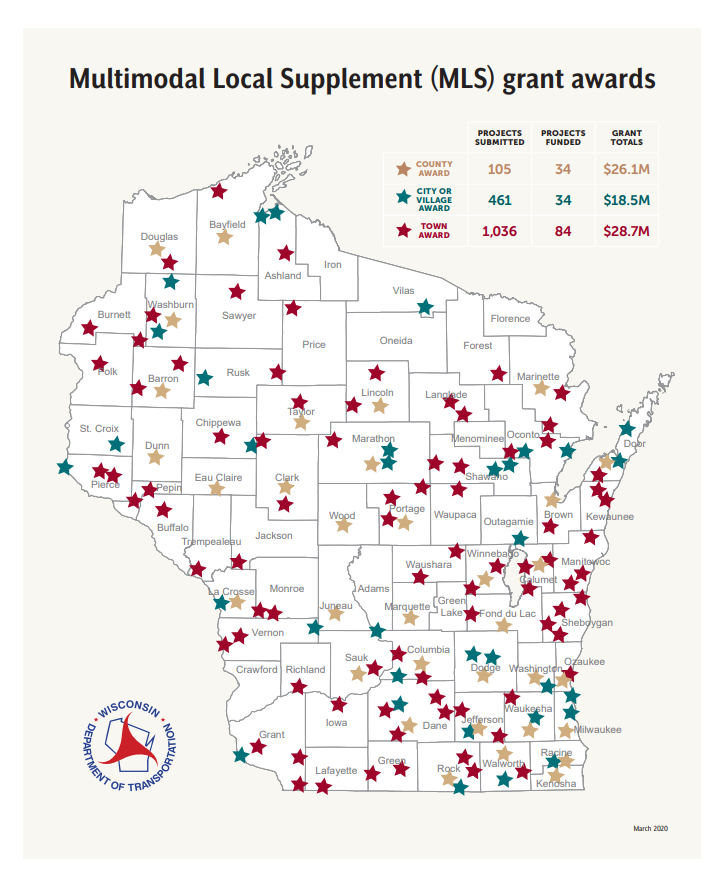
Douglas County
Annual Meeting 2018 Photos
Moscow:
1st Varshavsky proezd, 2s8
+7 499 500-97-34 call me back
The first step is to decide on the transport: not all owners of ATVs drive vans or pickups, but an ATV can also be transported by car - buying and installing a towbar will not hit your pocket, and you can buy a small trailer at a modest price or take for rent. The main thing to remember, , is that formally the maximum speed of a car with a trailer in Russia is limited to 70 km/h, however, this is more of a formality that both inspectors and traffic cameras turn a blind eye to.
Unlike driving, you can transport an ATV on a trailer without a tractor driver's license , insurance and numbers, just documents proving ownership, such as a sales contract, are enough. But for the export of an ATV abroad, a registration certificate issued along with a license plate is required.
And if the owner indicated in the certificate remained at home, then before leaving, you need to issue a notarized power of attorney with the right to travel abroad. For the countries of the Customs Union, this will be enough, and if you are going, , for example, to Georgia, , then the power of attorney will have to be translated into English in advance. But there is no compulsory insurance in Georgia, so you won’t have to bear any additional costs. It is allowed to drive an ATV there from the age of 16, but the law obliges the pilot to have category A, B or B1 licenses (Russian V / U are valid in Georgia) and a helmet on his head.
If the engine size of the ATV is below 50 "cubes" or instead of PSM and PTS there is a certificate stating that it is sports equipment, then this document will be required for export, and for complete certainty, you should also stock up on a letter translated into the language the country to which you are going to import it, or English, as well as the ATV frame number must be indicated in the customs declaration in order to insure against problems with re-importation.
The same rules are valid for in Abkhazia, which, by the way, is better to enter with a Russian passport: due to the seal of the Abkhaz border guards in the “abroad”, problems may arise in the future, Georgian border guards react to it like bulls to a red rag. And if there is no desire to draw up powers of attorney and prepare documents, then you can go on a trip to Russia. Fortunately, we have enough amazing locations, and the laws for ATVs are the same throughout the country. Here you can also simplify delivery - instead of carrying a quadric on a trailer, you can simply send it to yourself by a transport company to the place where you are going to spend your vacation.
First of all, attention should be paid to the Black Sea coast from Sochi to Novorossiysk, as well as Crimea, which is rightfully considered a paradise for ATVs - all routes in it are quite accessible, and the beauty of the mountains there will not leave even the most sophisticated tourist indifferent.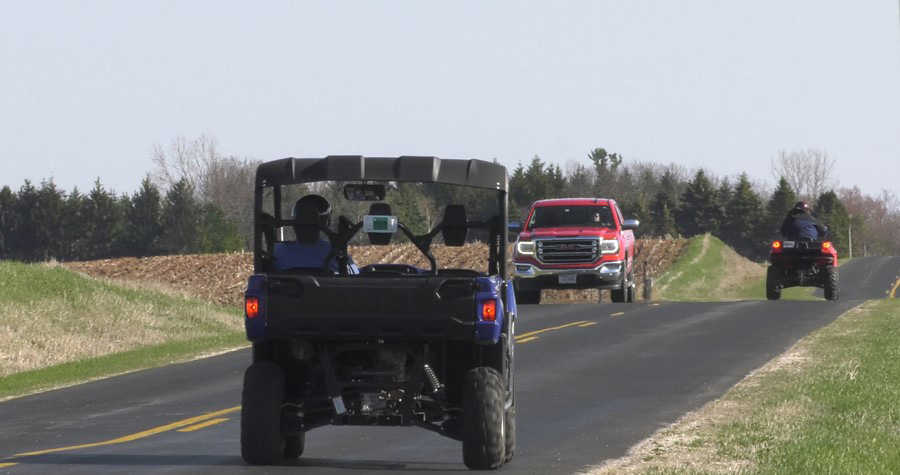 Don't like the heat? Go to the Rybachy Peninsula, to go a little longer than to the Crimea, the infrastructure is vanishingly small, but the nature and beauty are fabulous. By the way, in summer there is a polar day, which means that you can enjoy the views around the clock.
Don't like the heat? Go to the Rybachy Peninsula, to go a little longer than to the Crimea, the infrastructure is vanishingly small, but the nature and beauty are fabulous. By the way, in summer there is a polar day, which means that you can enjoy the views around the clock.
An ideal quad bike is also suitable for fishing enthusiasts. Therefore, you can rush to Astrakhan. In the Volga delta in the summer of you can pull out fish almost with your hands, and in between breaks you can revel in the juice of real Astrakhan watermelons. Or to Karelia, whose graders and stony terrain are perfect for an ATV. There, in addition to fishing rods, it is worth taking a few boxes for mushrooms and berries - at the end of summer you can take them out of there by dump trucks, just like on Rybachy, enjoying the white nights.
In any case, wherever you go and whatever you choose - the ATV will provide an unprecedented level of freedom of movement in places where, under no circumstances, it would be possible to climb on foot. And that means bright impressions for the rest of the year, full of plans for a new vacation, which will no longer be possible without an ATV.
And that means bright impressions for the rest of the year, full of plans for a new vacation, which will no longer be possible without an ATV.
Gear up and go on an adventure!
In the summer season, many fans of extreme recreation seriously think about buying an ATV. Off-road driving, fresh air and a great way to get away from the bustle of the city! However, most of those who want to purchase an ATV do not know the legal aspects of registering it with government agencies and obtaining the right to drive. This is what will be discussed below.
From a legal point of view, an ATV is a wheeled off-road motor vehicle.
ATVs are technically classified as motor vehicles. The list of all motor vehicles is indicated in Appendix No. 1 of Decree of the Government of the Russian Federation of September 10, 2009 No. 720.
To control this type of equipment, you need a certificate of a tractor driver (tractor driver) of category A1, which is expressly indicated in paragraphs. 3 4 Decrees of the Government of the Russian Federation of July 12, 1999 N 796.
3 4 Decrees of the Government of the Russian Federation of July 12, 1999 N 796.
To drive a quad bike you need:
The exam is taken by the Gostekhnadzor body, after writing an application, presenting a passport, a medical certificate, if you were trained at a driving school, you must present a document confirming the completion of training, a photo and a receipt for paying the state duty. The exam takes place at the place of registration of the candidate for obtaining the right to drive an ATV.
You got the right to drive an ATV! Perfect! Now you need to get the long-awaited ATV!
Decree of the Government of the Russian Federation of 12. 08.1994 N 938 obliges to register motor vehicles with a working volume of an internal combustion engine of more than 50 cubic meters. cm or a maximum motor power of more than 4 kW. That is, if your ATV has an engine with a power higher than the values indicated above, its registration is required.
08.1994 N 938 obliges to register motor vehicles with a working volume of an internal combustion engine of more than 50 cubic meters. cm or a maximum motor power of more than 4 kW. That is, if your ATV has an engine with a power higher than the values indicated above, its registration is required.
If, according to the technical documentation for your ATV, it is allowed to use it on public roads and its speed exceeds 50 km / h, then the ATV can be registered with the traffic police of the Ministry of Internal Affairs of the Russian Federation and Gostekhnadzor. And if your ATV cannot be used on public roads, then registration is carried out only in Gostekhnadzor.
After the purchase of an ATV, the law provides 10 days for its registration, which is carried out upon presentation of a document confirming the acquisition of ownership of the ATV (contract of sale, exchange, donation, certificate of inheritance, etc.), and the passport of the corresponding vehicle (ATV ).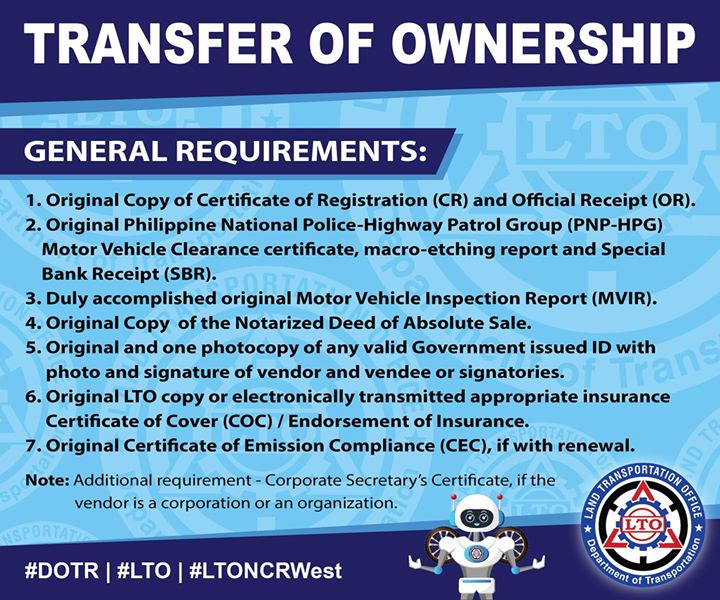
Separately, it is worth mentioning OSAGO. Quad bikes can be issued either PTS (vehicle passport) or PSM (self-propelled vehicle passport). If your ATV is equipped with a PTS, then it can be used on public roads. If your ATV develops a speed of more than 20 km/h, then to register such an ATV you need an OSAGO policy. If your ATV has a PSM, then it cannot be operated on public roads and an OSAGO policy is not required.
As for technical inspection. If you are the owner of an ATV with a PTS, then in the first three years, including the year of manufacture, inspection is not required, you will receive OSAGO without hindrance. If the ATV is already from three to seven years old, then the inspection is carried out every 24 months. Without such an examination and a diagnostic card, you will not receive OSAGO. ATVs over seven years old should be inspected every 12 months. Simply put, ATVs with PTS are operated like ordinary motor vehicles and motorcycles, the procedure for carrying out all legal procedures is similar to that applied to ordinary cars.
If you have an ATV with PSM, then you need to obtain a certificate of technical inspection annually. With regard to ATVs, from the date of manufacture of which no more than one year has passed and which have not been in operation, the first technical inspection is carried out without checking the technical condition of the ATV, which is indicated in clause 5 of Decree of the Government of the Russian Federation of November 13, 2013 No. 1013 On technical inspection self-propelled machines and other types of equipment registered by the bodies exercising state supervision over their technical condition.
Now you are familiar with the main aspects of acquiring and driving an ATV, you can safely go towards extreme recreation. Good luck!
Author: Orest Matsala, lawyer at the European Legal Service
We publish only verified information
Article author
Antonova Marina Alexandrovna Lead Alimony Lawyer
Experience 11 years
Consultations 30000
Expert in alimony collection and family law.